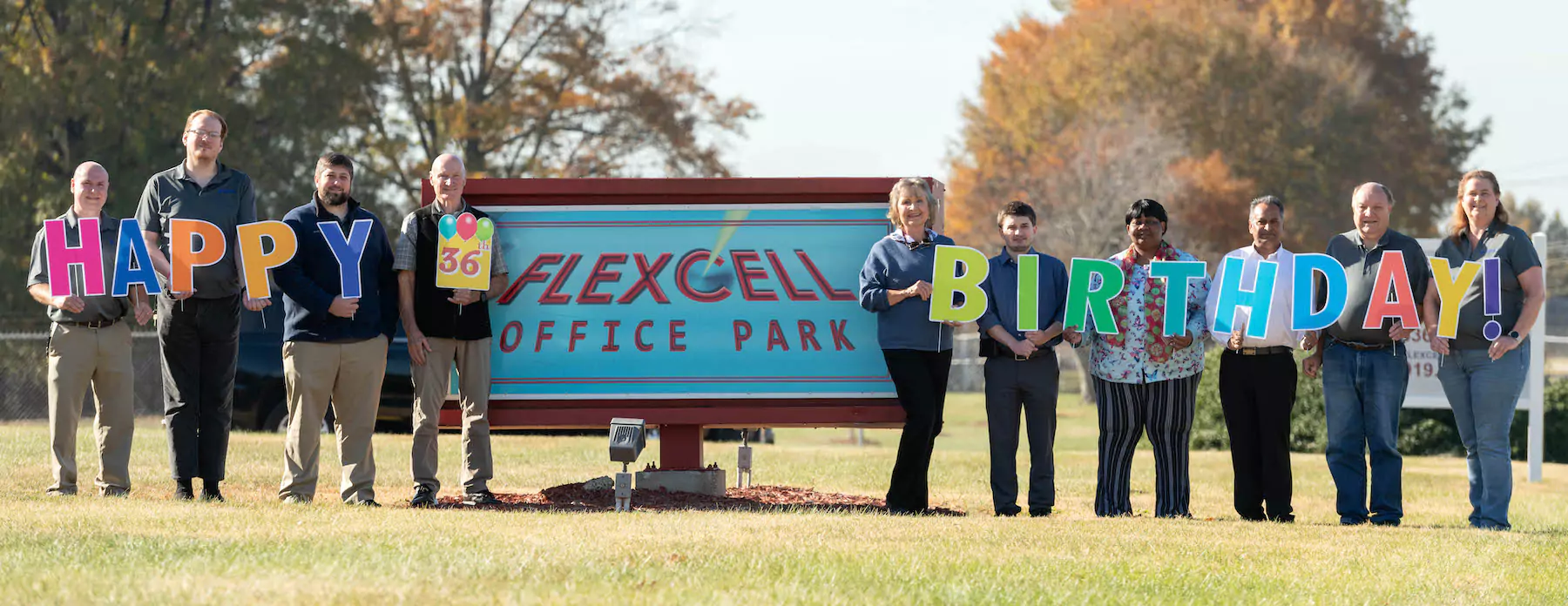Flexcell®: Celebrating 36 Years of Innovation in Mechanobiology and Tissue Engineering


In the realm of scientific progress, milestones mark not just accomplishments but also the evolution of ideas that redefine entire fields. As Flexcell® International Corporation commemorates its 36 th year in business, we reflect on a journey that began with a visionary idea and transformed into a pioneering force in the now, recognized fields of Mechanobiology and Tissue Engineering.
In 1987, the landscape of cellular research changed forever when Dr. Albert Banes, a distinguished scientist in Microbiology, conceived an innovative approach to “exercising cells” in vitro. It was a time when the industry was seeking novel methods to comprehend cellular behavior at a subcellular level. Dr. Banes envisioned a breakthrough- an application of patented pneumatic technology paired with specialized flexible bottom membrane culture plates to apply mechanical deformation regimens to cells. This combination birthed the Biotech industry’s first commercial use of dynamic bioreactors (Flexcell® Tension Systems), revolutionizing how scientists explore cellular changes.
The brilliance behind Dr. Banes’ idea lay in its departure from conventional methods. Instead of employing an electric motor-driven solution to membrane stretching, which would inadvertently generate heat and electromagnetic fields in an incubator, confounding effects on cell proliferation in vitro, the concept centered on applying mechanical load to cells using vacuum from below the culture plate wells. This approach mimicked cellular, physiological conditions without compromising their integrity, offering a biomimetic environment for in-depth research.
Reflecting on the past 36 th years fills us with pride, knowing that our innovative systems have been instrumental in facilitating over 6,700 scientific publications across more than 1,400 laboratories worldwide. Our dynamic Flexcell® bioreactor systems have not merely enabled research; they’ve transformed the fundamental understanding of cellular behavior in controlled environments. Today, the scientific community acknowledges that true in vitro environments extend beyond static conditions. To cultivate optimal cell growth, mimicking natural forces prevalent within the human body is essential. What began as methods for ‘stretching cells’ in 2D and 3D, has evolved into a comprehensive exploration of ion channels, mechanosensitive receptors, and ongoing research encompassing 3D bioartificial constructs, mRNA sequencing, gene expression, and protein dynamics-all resulting from the application of controlled loads in vitro.
As we step into 2024, Flexcell® stands poised to build upon this rich legacy. Our commitment to advancing Mechanobiology and Tissue Engineering applications drives us to develop next-generation Flexcell® dynamic bioreactor systems, tailored to meet the evolving needs of our customers and researchers worldwide. This new phase of product development aims not just at enhancing attributes of the current systems but also at ushering in a new era of understanding cellular mechanics and its implications for patient care.
This journey of discovery would not have been possible without the leadership of Dr. Banes and the dedication of the entire Flexcell® team. Their relentless pursuit of excellence has shaped the course of scientific exploration, paving the way for groundbreaking scientific advancements.
As we celebrate this milestone, we extend our heartfelt gratitude to the scientific community, collaborators, and customers whose support and partnership have been integral to our success. Together, let us continue to push the boundaries of knowledge, forging a path toward transformative therapies and scientific understanding that benefit humanity worldwide.
- Andrea Picon
Chief Executive Officer, Flexcell® International Corp.